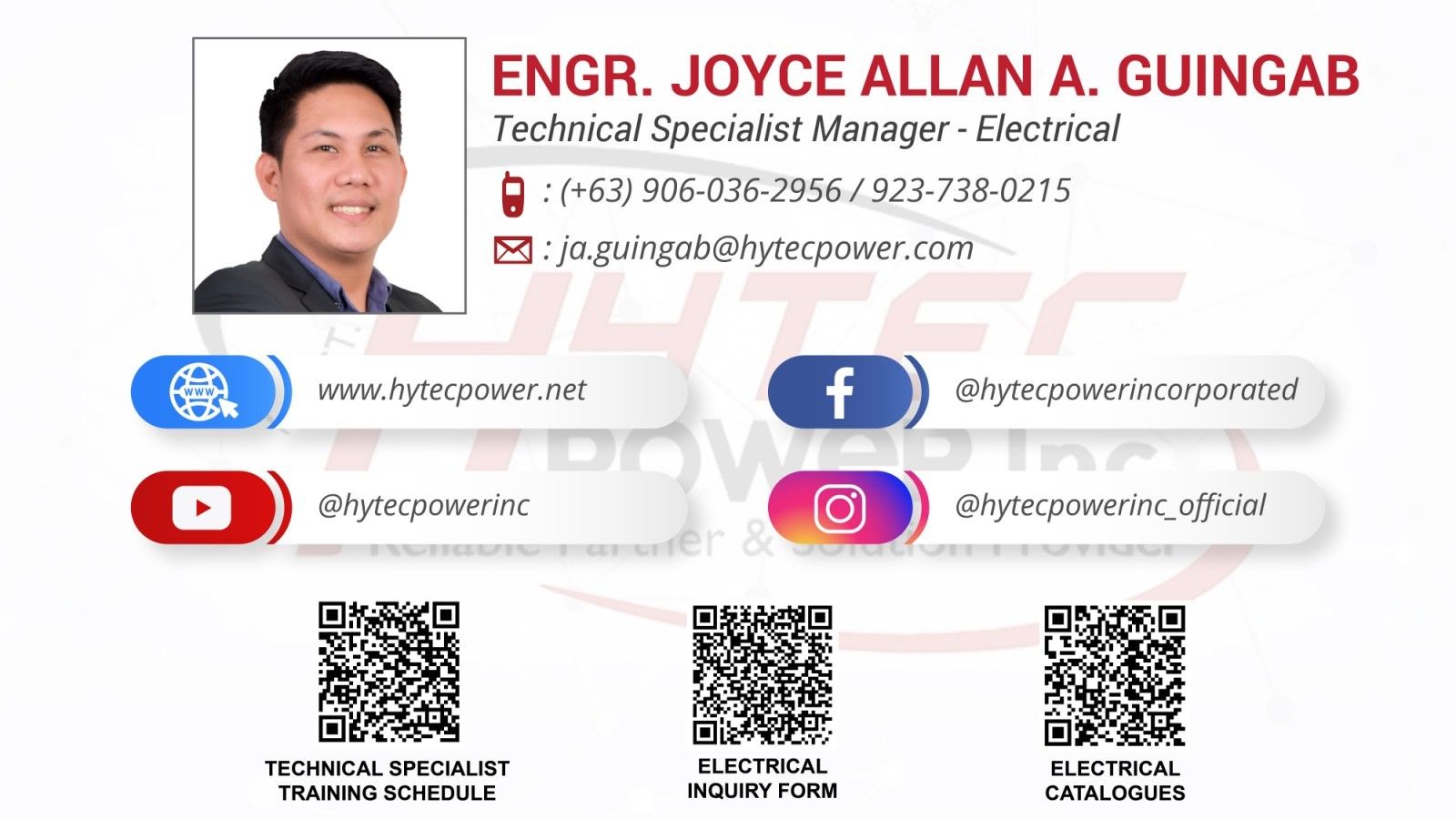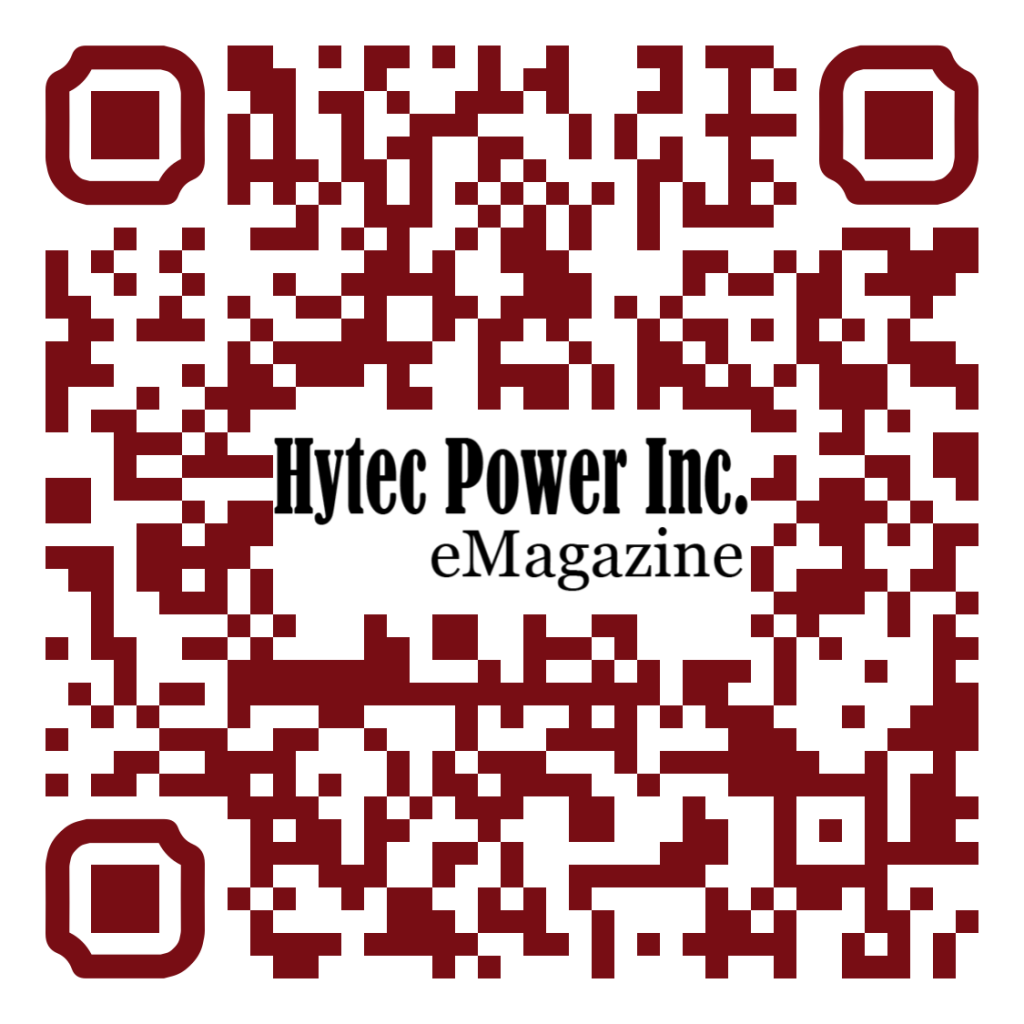Thankfully, we have partnered with K&H MFG. CO., LTD. which become one of the leading professional manufacturers of educational training equipment in the world.
Superior product design and good quality control have enabled K&H MFG. CO., LTD. to offer high-end educational products to the market since its founding in 1979, Taipei, Taiwan. Kindly see below list of their products for ELECTRICAL MACHINES and INDUSTRIAL POWER ELECTRONICS.

The electrical machines system leads students to
distinguish the mechanical similarity and difference
among all electrical machinery. Students get to study the different kinds of electrical machines and perform experiments in order to understand their operations and circuitry. This forms an integral part of the foundational knowledge and comprehension on electrical machines. Moreover, it enhances students ability for further application and control.
Besides facilitating teaching, it makes students be
familiar with a different kind of electrical mechanical
test.

Features:
- Modular design provides flexible experimental requirement
- Each Module panel height compatible with DIN A4 standard
- Using 4 mm safety sockets and plugs
- Each DC/AC power supply equipped with overload protection
- Rotary machine and brake with overheating protection
- Adopting digitized and microprocessor-based measuring
instrument to provide high-accuracy measurement - Brake with constant speed / constant torque function, easy
to operate - Drawing complete T/N curve
- Connecting to PC, measuring and drawing characteristic
curve available - 300W-grade designed equipment suitable for learning the
theory and characteristics of electrical machines - Stand-alone machine design equipped with two shaft ends
and aluminum alloy base for coupling to other machines - Training panel uses 5 mm isolation bakelite, printed
component symbol, value and function, easy to connect - Fully protected system safe to connect various kind of machines
- Providing powerful computer measuring software for saving
graphic file, drawing and printing characteristic curves - For the sake of safety, the system normally operates at
three-phase 220V. Different line voltages can be adjusted
by system transformer.
Laboratory Experiments of Electrical Machines:
- Single-Phase Transformer
(1) Polarity test
(2) Turns ratio test
(3) Open circuit test
(4) Short circuit test
(5) Load characteristic tests
Resistive load
Inductive load
Capacitive load - Three-Phase Transformer
Three-phase connections
Y -Y connection
Y -△ connection
Y -Z connection
△-Y connection
△-△ connection
△- Z connection - DC Machines
(1) DC permanent-magnet motor
Connection and motor direction control
Torque-speed characteristic
(2) DC shunt wound motor
Connection and motor direction control
Torque-speed characteristic
Speed control
(3) DC separately excited generator
No load saturation characteristic
Load characteristic
(4) DC shunt wound generator
No load characteristic
Load characteristic
(5) DC series wound motor
Connection and motor direction control
Torque-speed characteristic
Speed control
(6) DC series wound generator
Load characteristic
(7) DC compound wound motor
Connection and direction control of DC
cumulative-compound wound motor
Torque-speed characteristic of DC cumulative-compound
wound motor
Speed control of DC cumulative-compound wound motor
Connection and direction control of DC differentialcompound
wound motor
Torque-speed characteristic of DC differential-compound
wound motor
Speed control of DC differential-compound wound
motor
(8) DC compound wound generator
Load characteristic of DC cumulative-compound
wound generator
Load characteristic of DC differential-compound
wound generator - Induction Machines
(1) Single-phase induction motor
Torque-speed characteristic with split-phase winding
starting
Torque-speed characteristic with capacitor starting
and running
(2) Three-phase squirrel cage induction motor
Connection and motor direction control
Y-△ starting
PF correction
No-load characteristic
Blocked-rotor test
Torque-speed characteristic
(3) Three-phase rotor winding induction motor
Connection and motor direction control
Blocked rotor test
Torque-speed characteristic
(4) Three-phase salient pole synchronous motor
Connection and motor direction control
Excitation characteristic
Load characteristic
(5) Three-phase salient pole synchronous generator
Armature resistance measurement
No load saturation and short circuit characteristic
Load characteristic
Excitation characteristic
Electrical Machine 8 / Power Electronics
Remark : System Transformer is provided at extra charge
for the area where 220 3ø V power is not available.
Cutaway Model of Electrical Machine



AC Induction Motor Winding Training System

EM-3360 AC Induction Motor Winding Training
System can be configured for various poles as the
self-starting three-phase induction motor and single phase
induction motor which is used with the resistor
or capacitor starting.
Students can learn the different types of motor
winding through the simple winding connection. In
addition, with external load torque provided by Magnetic
Powder Brake Unit (EM-3320-1C), Brake Controller (EM-
3320-1N) and Three-phase Power Supply (EM-3310-1E),
students can see the characteristics of different types
of motor. The clearly- printed winding set codes and colorful wire
on top allow user to do winding and operation easily.
Features:
- Use 4mm safety socket terminal
- The clearly- printed winding set codes and colorful wire
on top allow user to do winding and operation easily - The power input with the motor circuit breaker
- Easy linking to brake controller unit for measure and draw
the characteristics of each winding motor through PC - Plug-in panel helps teachers complete the experiments
easily and quickly (optional)

List of Experiments:
- Single-phase 2-pole induction motor
● With optional panel EM-3360-3A, 1ø 2P-A
● With EM-3310-1E, EM-3320-1N and EM-3320-1C
for external mechanical load:- Capacitor start induction motor
- Capacitor run induction motor
- Single-phase 4-pole induction motor
● With optional panel EM-3360-3A, 1ø 4P-A
● With EM-3310-1E, EM-3320-1N and EM-3320-1C
for external mechanical load:- Capacitor start induction motor
- Capacitor run induction motor
- Single-phase 6-pole induction motor
● With optional panel EM-3360-3A, 1ø 6P-A
● With EM-3310-1E, EM-3320-1N and EM-3320-1C
for external mechanical load:- Capacitor start induction motor
- Capacitor run induction motor
- Three-phase 2-pole induction motor
● With EM-3310-1E, EM-3320-1N and EM-3320-1C
for external mechanical load:- Series-Wye-Connected induction motor
- Series-Delta-Connected induction motor
- Parallel-Wye-Connected induction motor
- Three-phase 4-pole induction motor
● With EM-3310-1E, EM-3320-1N and EM-3320-1C
for external mechanical load:- Series-Wye-Connected induction motor
- Series-Delta-Connected induction motor
- Parallel-Wye-Connected induction motor
- Three-phase 6-pole induction motor
● With EM-3310-1E, EM-3320-1N and EM-3320-1C
for external mechanical load:- Series-Wye-Connected induction motor

Power Electronics Training System


The PE-5000 Power Electronics Training
System consists of 28 experimental modules,
a three-phase squirrel cage motor, load,
control and measuring devices. It includes
single-phase rectifiers, three-phase rectifiers,
DC choppers, inverters and application
experiments.
Features:
The PE-5000 is the combination of power, electronics and
control. It has wide applications of solid-state electronics to the
control and conversion of electric power. Popular circuits of
power electronics contain rectifiers, choppers and inverters.
The experimental modules of PE-5000 include converter, power
supply, load, control and testing modules. These experimental
modules and instruments are introduced and demonstrated in
the subsequent experiments.
List of Experiments:
Chapter 1 :
Basic Measurement and Characteristic of SCR and TRIAC
1-1: Three-Phase source voltage measurement
1-2: Digital storage oscilloscope and differential amplifier 1-3: SCR characteristic and
measurement
1-4: TRIAC characteristic and measurement
Chapter 2 :
Single-Phase Rectifiers and AC Voltage Controller (AC→DC、AC→AC)
2-0: Trigger pulse measurement
2-1: Single-Phase Half-Wave uncontrolled rectifier 2-2: Single-Phase Full-Wave uncontrolled
rectifier 2-3: Single-Phase Half-Wave controlled rectifier
2-4: Single-Phase Full-Wave controlled rectifier
2-5:Symmetrical Single-Phase Full-Wave Semi-Controlled rectifier
2-6: Asymmetrical Single-Phase Full-Wave Semi-Controlled rectifier 2-7: Single-Phase
Semi-Controlled AC voltage controller
2-8: Single-Phase Full-Controlled AC voltage controller
Chapter 3 :
Three-Phase Rectifiers and AC Voltage Controller (AC→DC、AC→AC)
3-1: Three-Phase Half-Wave uncontrolled rectifier 3-2: Three-Phase Full-Wave uncontrolled rectifier
3-3: Three-Phase Half-Wave controlled rectifier
3-4: Three-Phase Full-Wave Semi-Controlled rectifier 3-5: Three-Phase Full-Wave Full-Controlled
rectifier
3-6: Three-Phase Full-Wave Semi-Controlled AC voltage controller 3-7: Three-Phase Full-Wave
Full-Controlled AC voltage controller
Chapter 4 :
DC Choppers (DC→DC)
4-0: IGBT characteristic measurement 4-1: DC PWM controller
4-2: Single-Quadrant DC chopper 4-3: Two-Quadrant DC chopper
4-4: Four-Quadrant DC chopper 4-5: SCR DC chopper
Chapter 5 :
Inverters (AC→DC→AC)
5-1: Single-Phase PWM controller 5-2: Single-Phase inverter
5-3: Three-Phase PWM controller 5-4: Three-Phase inverter
Chapter 6 :
Applications of Power Electronics
6-0: Power MOSFET characteristic measurement 6-1: Buck switching power supply
6-2: Boost switching power supply
6-3: Buck-Boost switching power supply 6-4: Flyback switching power supply
6-5: Electronic ballast

